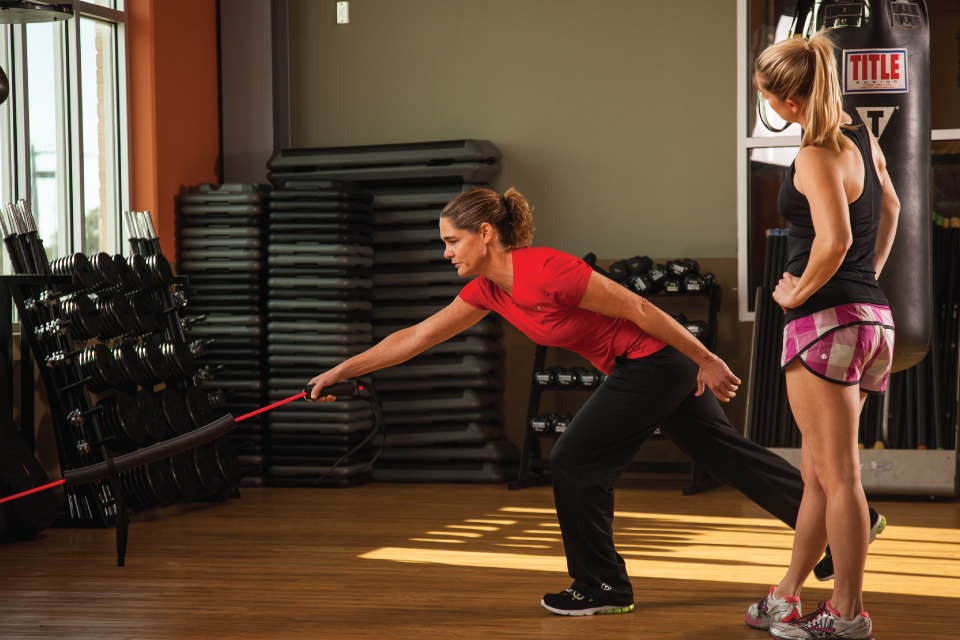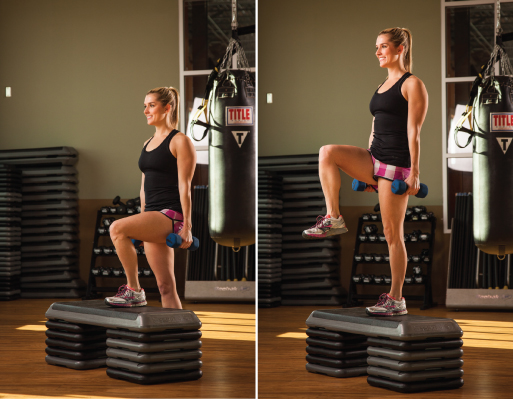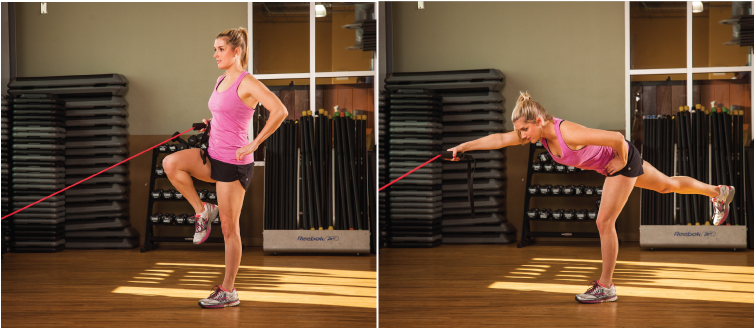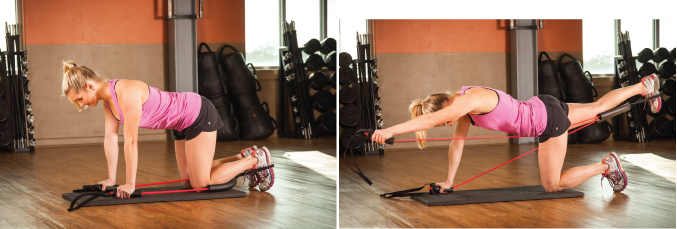Why You Should Use Stability-Limited Training

In the world of fitness training and sports performance, there has been a definite shift in training philosophy across many methodologies through the last ten years.
The era of bodybuilding sparked the use of isolated movements with its emphasis on muscle development. Focusing on isolated movements helps develop absolute strength, shape the body through building lean mass, and improve physical capacity that transfers to power and increases work capacity. It’s difficult to find a situation where an individual doesn’t benefit from absolute strength, whether it be developing muscle, preparing the body for increasing loads, building calorie-burning lean mass, or enhancing metabolic capacity. The kicker is, when we focus too much on strength and hypertrophy, we stop integrating beneficial motions—movements that will continue to nourish holistic health and provide long-term benefits, such as keeping our bodies movement savvy and injury resistant.
For this reason, my 2006 performance training team started focusing on a circuit integration strategy to use when strength and hypertrophy are the goals. The strength-to-stability set is a superset with a dual purpose, designed to focus on kinetic chain strength and to enhance neuromuscular efficiency by including a stability movement.
This movement efficiency is key to developing overall strength. Typically, most strength movements are isolated and focused on absolute strength by using artificial supports, such as a bench or machine, that remove stabilization demands. In this circuit strategy, we’ve added stabilization to capitalize on its vital role in increasing strength and power. One effective way we do this is by using stability-limited training in the strength-to-stability set.
Stability-limited training, a term created by world-renowned strength coach Juan Carlos Santana, means the prime movers of an exercise are limited by the strength of the stabilizers. A push-up with hands on a stability ball is an example of an exercise using stability-limited training; the strength of the chest (the prime movers) relies on the contribution of the core and shoulder girdle (stabilizers) to execute the movement.
The following circuit example for the lower body follows this strategy and also incorporates a transition exercise that focuses on core strength and rotary stability for active recovery.
Benefits of Strength-to-Stability Super Set
↑ Movement efficiency
↑ Stabilization strength
↑ Core strength and development
↑ Lean body mass
↑ Muscular endurance
↑ Preparation for higher intensity loads for next training phase
Watch the Workout Video Here
 Strength: Step-Up with Dumbbells
Strength: Step-Up with Dumbbells
Purpose: This is a lower-body strength movement that adds external load for strength and emphasizes triple extension of the knee and hip during a level change.
1. Start with a shoulder-width stance, and plant one foot firmly on the box or step. The height of the box should be just below the knee (or lower) for beginner progression. In a tall posture, hold the dumbbells at your hips.
2. While maintaining a full, flat foot on the box, push through the foot on the box and drive up into full extension of the knee and hip.
3. Finish in a single-leg balance with a straight line from the box-planted foot, knee, hip, and shoulder while the opposite leg is flexed at the knee and hip.
Return to start in a slow and controlled movement with no arm swing. Because of the external load and focus on strength, complete the reps on the same-side leg before switching to the opposite leg to complete the set.
Tweak down: Perform the movement using body weight and a low step (between 6–8 inches).
Tweak up: Increase the external load with heavier dumbbells. Do not continue if either your technique or posture breaks down. Do not increase height of box above the knee in attempt to increase load.
Stability: Single-Leg, Single-Arm Reach with Band (or Cable)
Purpose: This movement challenges the stability and balance of a single-leg anterior reach, which places loads on the body that are similar to decelerating a run or lunge movement. This mimics the deceleration of horizontal momentum as well as downward gravity that is experienced in real-life movements, and then, focuses on re-establishing the triple extension and tall posture for lower movement patterns.
1. Start in a tall posture and in a single-leg stance, holding the band in the contralateral (opposite) hand.
2. Reach forward with the band-resisted hand as you flex the ankle, knee, and hip of the ground-based leg. Follow the line of pull directly toward the anchor while maintaining dynamic balance.
3. Return to start by pressing through the ground-based leg, performing triple-extension, and returning to a tall posture.
Tweak down: Perform with body weight and reach to a cone on the ground.
Tweak up: Perform the movement with increased momentum while maintaining control and full range of motion.
Transition or Active Recovery: Bird Dog with Band Resistance
Purpose: This challenges the body by moving through multiple planes of motion from the prone position (sagittal), transition movement (transverse), and finishing in the T-position on the side of the body (frontal). This creates great movement and stability work for each shoulder. Further increase the challenge by using the dumbbell to load the movement with external resistance.
1. Start in a quadruped stance, with the hands directly under the shoulders and the knees under the hips. Create a straight line from tailbone to the top of the head for a neutral spine. 2. Pull your toes toward your shins for a dorsiflexed position. Anchor the band on foot, and hold it in the opposing hand.
3. At the same time, extend the band-resisted arm and shoulder with the opposite hip and knee in a slow, controlled motion. Maintain a level torso that is parallel to the ground, and make sure head remains in line with the spine.
4. Return to start under control; repeat on the same side before switching position to opposite side to complete the set.
Tweak down: Start with body weight. Place a rolled towel under your lower back to give feedback if you lose neutral posture and level back position.
Tweak up: Perform the unilateral version by starting in a quadruped stance and then performing a same-side arm and same-side leg extension.
Take this strategy of utilizing stabilization and apply it to other movement patterns, such as upper body pushing or pulling, while continuing to add core strength and development as a transition movement for active recovery. It is common to take a total body approach to a single workout and include lower body, so review your exercise menu. Incorporating this circuit strategy will you some great options for building strength with a purpose.
Watch the Workout Video Here








